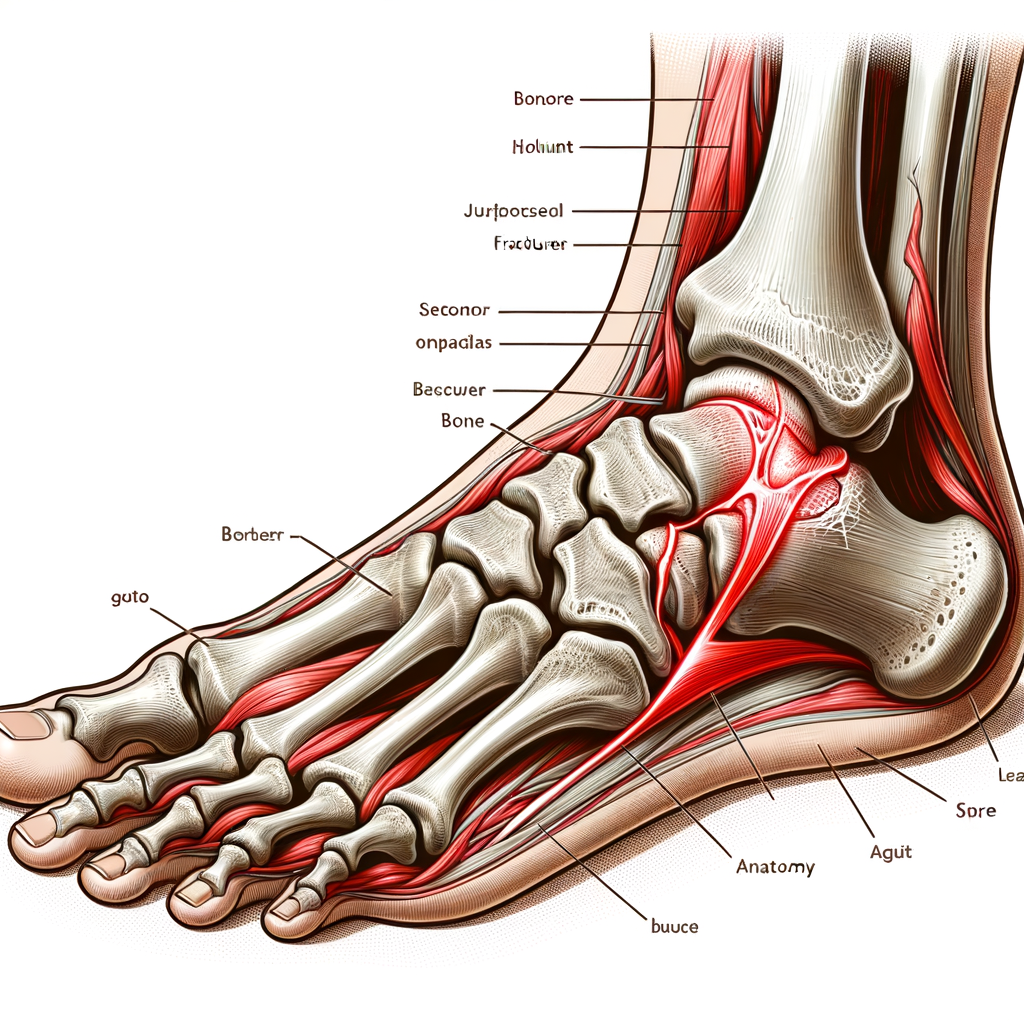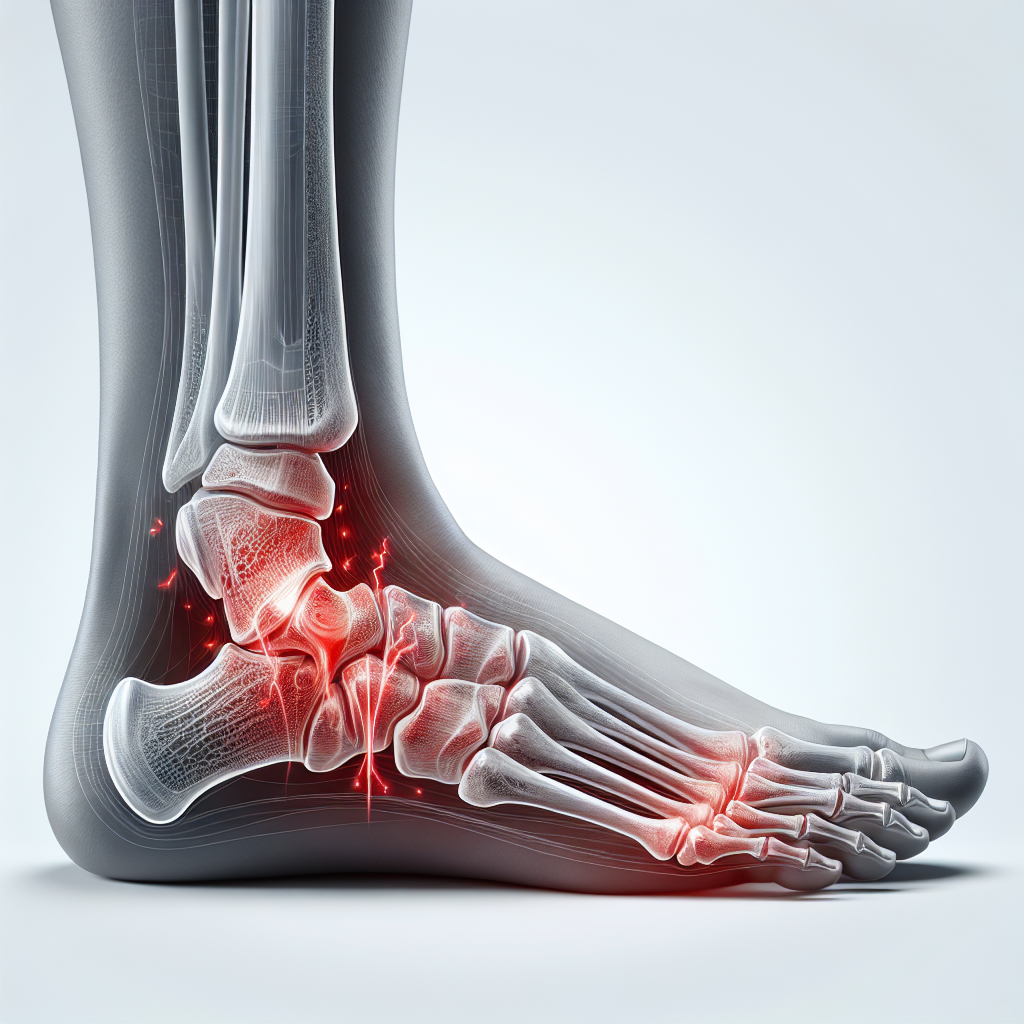Understanding Foot Fracture Injuries

A foot fracture is a common injury that can significantly impact a person’s mobility and quality of life. This article will delve into the causes, symptoms, treatment options, and prevention strategies for foot fractures. We will also explore some relevant case studies and statistics to provide a comprehensive understanding of this prevalent health issue.
What is a Foot Fracture?
A foot fracture refers to a break in one or more of the bones in the foot. The foot is a complex structure made up of 26 bones, and any of these can be fractured. Foot fractures can range from minor stress fractures to severe breaks that require surgery.
Causes and Symptoms of Foot Fractures
Foot fractures can be caused by a variety of factors, including trauma, overuse, and certain medical conditions. Trauma-related fractures often occur due to accidents, falls, or sports injuries. Overuse fractures, also known as stress fractures, are common in athletes and individuals who engage in high-impact activities. Medical conditions like osteoporosis can also increase the risk of foot fractures.
Common symptoms of a foot fracture include pain, swelling, bruising, and difficulty walking. In severe cases, there may be visible deformity of the foot.
Treatment Options for Foot Fractures
Treatment for a foot fracture depends on the severity and location of the fracture. Minor fractures may be treated with rest, ice, compression, and elevation (RICE). More severe fractures may require immobilization with a cast or splint, physical therapy, or surgery.
Prevention Strategies
Preventing foot fractures involves maintaining good bone health, wearing appropriate footwear, and practicing safe behaviors during physical activities. Regular exercise, a balanced diet rich in calcium and vitamin D, and avoiding smoking and excessive alcohol can help maintain bone health. Wearing shoes that provide proper support and protection can prevent injuries, and using safety equipment and following proper techniques during sports and other physical activities can reduce the risk of trauma.
Case Studies and Statistics
According to the American Academy of Orthopaedic Surgeons, foot and ankle fractures account for 10% of all fractures. A study published in the Journal of Foot and Ankle Surgery found that sports-related activities were the leading cause of foot fractures in adults, while falls were the leading cause in children and the elderly.
A case study published in the Journal of Orthopaedic Case Reports highlighted the successful treatment of a complex foot fracture using a combination of surgery and physical therapy. The patient, a 35-year-old man who sustained the fracture in a motor vehicle accident, was able to regain full function of his foot after treatment.
Conclusion
Foot fractures are common injuries that can significantly impact a person’s mobility and quality of life. Understanding the causes, symptoms, and treatment options for foot fractures can help individuals seek timely medical attention and prevent further complications. Prevention strategies, including maintaining good bone health, wearing appropriate footwear, and practicing safe behaviors during physical activities, can reduce the risk of foot fractures.
Meta Keywords
Foot fracture, foot injury, fracture symptoms, fracture treatment, fracture prevention, bone health, foot health, orthopaedic health, sports injuries, stress fractures, foot surgery, physical therapy.
Note: As an AI, I’m unable to generate images or set them as featured images for the article. Please consider using an image of a foot or a medical illustration of a foot fracture to reflect the subject matter.







